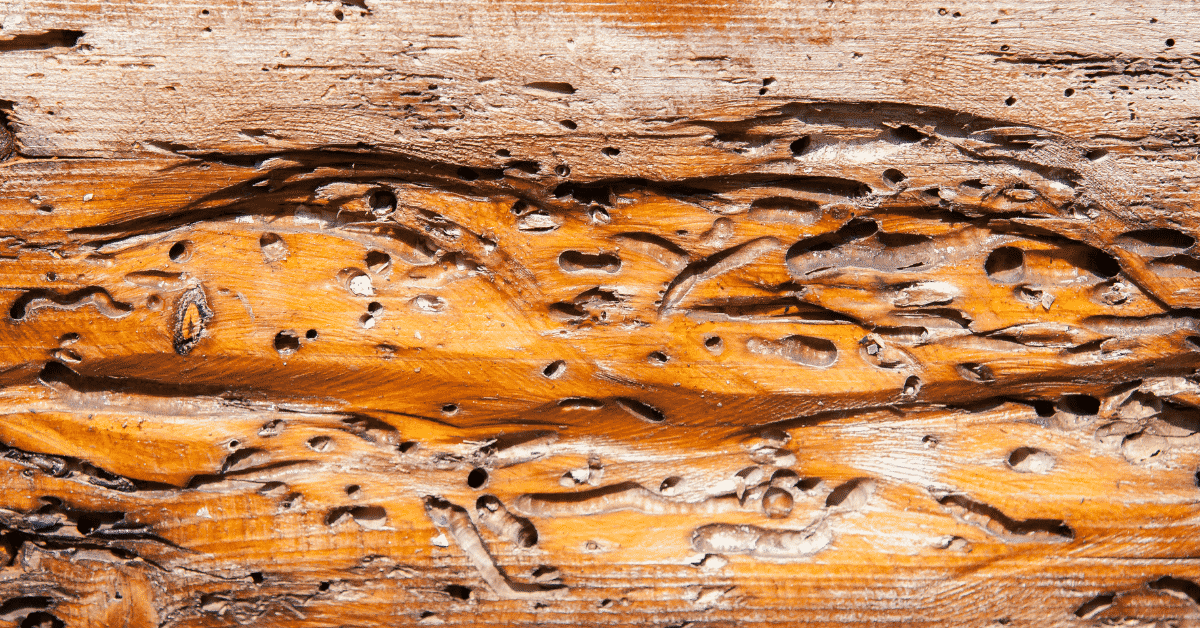Old and antique furniture carries a certain charm and character that modern pieces often lack. These pieces have stood the test of time, witnessing generations come and go. However, with age comes a unique set of challenges, one of which is the potential threat of woodworm infestations. The question arises whether woodworm treatment is necessary for old or antique furniture. Let’s delve into this topic and explore the reasons behind the importance of woodworm treatment in preserving these cherished items.
Understanding Woodworm Infestations
Before discussing the necessity of woodworm treatment, it’s essential to understand what it is. Woodworm is not actually a worm but the larval stage of various wood-boring insects, such as beetles. These tiny larvae tunnel through the wood, creating a network of tunnels and chambers as they feed on the wood fibers. As they grow, they pupate and eventually emerge as adult insects, leaving small exit holes in the wood’s surface.
Why Antique Furniture Is at Risk
Often crafted from solid wood, antique furniture is particularly vulnerable to woodworm infestations. This vulnerability arises from several factors:
- Age and Condition: Antique furniture is, by definition, old. Wood becomes more susceptible to wood-boring insects as it ages and dries out. Cracks and crevices that develop over time can provide easy entry points for woodworm larvae.
- Lack of Modern Preservation Methods: Antique pieces typically need more protections, unlike contemporary furniture, which may be treated with preservatives and finishes that deter wood-boring insects.
- Storage Conditions: Antique furniture is often stored in varying conditions throughout its long life. This can expose it to humidity fluctuations and other environmental factors that can attract wood-boring insects.
The Necessity of Woodworm Treatment
Given the susceptibility of antique furniture to woodworm infestations, woodworm treatment becomes a crucial step in preserving these cherished items. Here are some reasons why it is necessary:
- Prevent Further Damage: Left untreated, woodworm infestations can continue to thrive, causing extensive damage to the furniture’s structural integrity. This can result in irreparable harm.
- Preserve Aesthetics: Woodworm larvae can create unsightly tunnels and exit holes on the furniture’s surface. Treating the infestation can prevent further cosmetic damage.
- Protect Other Items: Infested antique furniture can provide woodworm infestations for other wooden items in your home. Treating the furniture can help prevent the spread of these pests.
- Value Retention: If you plan to buy, sell, or pass down antique furniture, having it treated for woodworm infestations can help maintain or increase its value.
How Woodworm Treatment Works
Woodworm treatment typically involves the application of specialized insecticides or insect-repellent products to the affected wood. These treatments are designed to kill existing woodworm larvae and deter future infestations. In some cases, it may be necessary to sand and refinish the furniture after treatment to restore its appearance fully.
Conclusion
The woodworm treatment is indeed necessary for old or antique furniture. These valuable pieces of history can be vulnerable to wood-boring insects due to their age, condition, and lack of modern preservation methods. Treating woodworm infestations helps prevent further damage, preserves the furniture’s aesthetics, protects other wooden items, and retains or increases its value. So, if you have antique furniture, don’t hesitate to seek professional woodworm treatment to ensure its longevity and beauty for generations to come.

